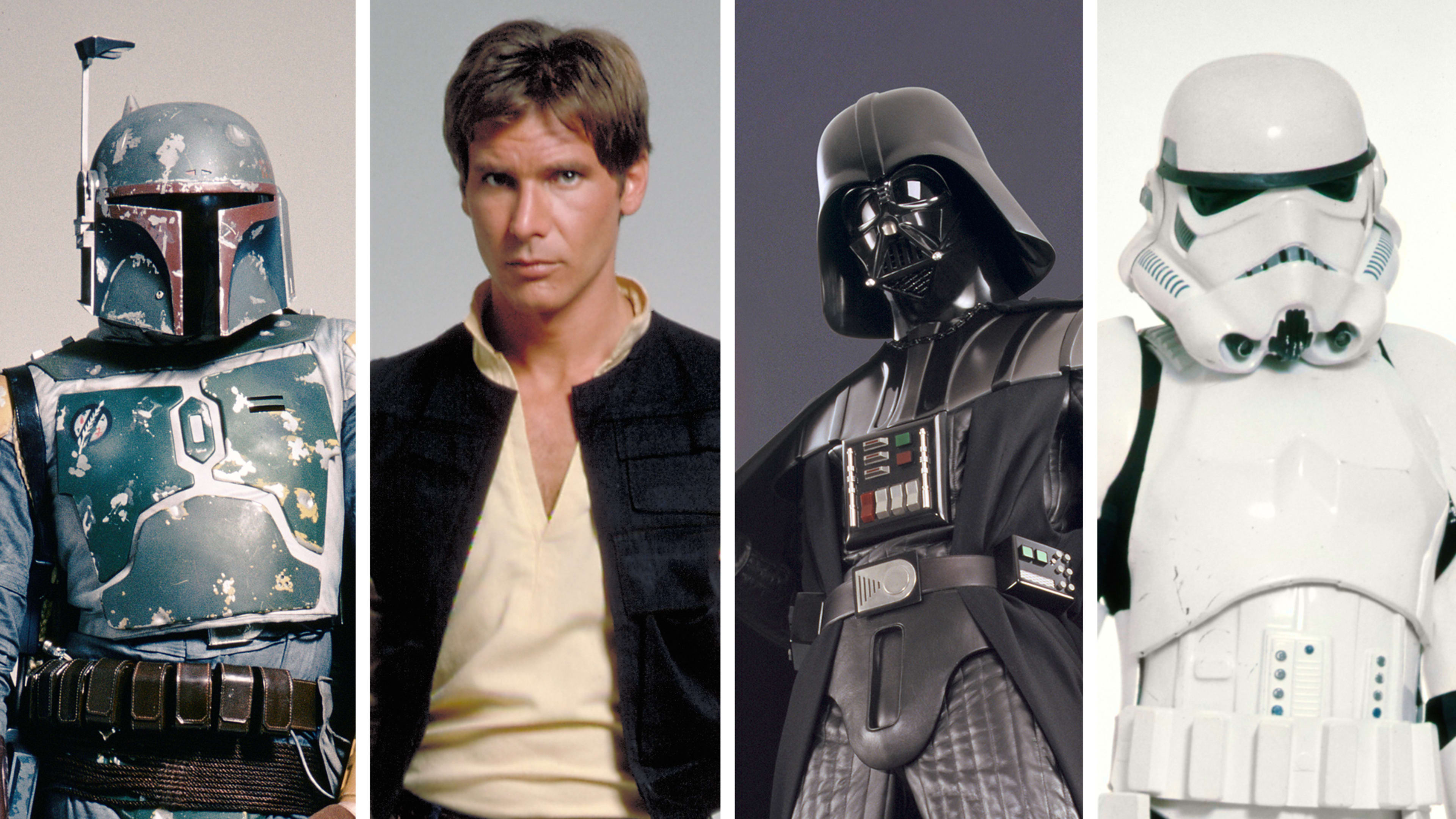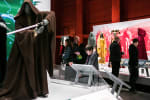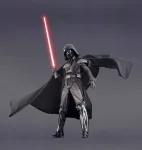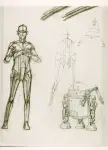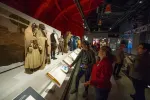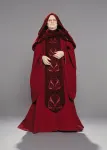Since January, the EMP Museum in Seattle has been in the grip of the evil Galactic Empire. Visitors are greeted by 6-feet-8-inches of pure evil in the form of Darth Vader–or rather, the costume that once adorned actor David Prowse in the original Star Wars trilogy. Although the iconic mask and cape are the perfect way to usher you into the touring exhibit Star Wars and the Power of Costume, it’s the way in which the Smithsonian Institution Traveling Exhibition Service (SITES), the Lucas Museum, and Lucasfilm have come together to enhance the traditional museum experience that sets the whole enterprise apart.
Star Wars and the Power of Costume takes the timeless sci-fi franchise and zooms in on its smallest details: namely, what the characters wore. The exhibit is all about intergalactic fashion and the stories behind each character’s appearance across six films and three decades–featuring 60 different handmade costumes, ranging from stormtroopers and Jedi robes to Chewbecca’s fur suit and Princess Leia’s bikini. The exhibit aims to dive deeply into the history and creation of each costume. What inspired Darth Vader’s iconic, evil look? What did the original sketches for Chewbacca look like? What materials were used to create various costumes? What do those materials feel like?

To tell these stories as thoroughly as possible, the exhibit combines the physical with the virtual. “We have a multi-tier approach in terms of interactivity,” says Saul Sopoci Drake, exhibitions project director for Smithsonian.
iPad kiosks dot the installation, each one powered by digital presentation software called FlowVella, which allows the museum to present much more detail about each costume’s creation and history than the physical exhibition space would ever allow.
As museums struggle to figure out which cutting-edge technology would best augment their analog exhibitions, the use of devices like tablets for added interactivity seems like it hits a sweet spot at the intersection of utility and intrusiveness: Smaller devices let the physical artifacts speak for themselves in the spotlight, while inviting visitors to dig deeper if they so desire. And crucially, tablets are already familiar to most people who come strolling through the museum.
“The visitor is so used to using a tablet,” says Drake. “They don’t need complex instructions. People are already familiar with using a tablet. For us, as we develop the content, it allowed us to experiment a little bit.”
FlowVella’s software, a sort of souped-up PowerPoint-style presentation suite, lets users easily add imagery, video, and audio into a file, a feature that the creators of the Power of Costume used to add behind-the-scenes video clips, audio recordings, and imagery, like original sketches and photographs. “The first audio ever built for FlowVella was Darth Vader breathing,” says FlowVella CEO Brent Brookler.
Initially, SITES used Apple’s iBooks to create these presentations, but found that workaround to be buggy and too easy for visitors–many of whom are kids–to mess with. By contrast, FlowVella’s software creates more tamper-proof presentations that are less prone to crashing.
FlowVella, which traditionally saw many of its 250,000 users operating in academic and business contexts, is now looking at the museum space as one potential new frontier for its business. For $99 per month, museums, retail stores, and other businesses can use FlowVella to churn out stand-alone, proprietary iPad apps without the need to dig into code or deal with Apple’s approval process.
“It’s huge validation for us,” says Brookler. “We are now museum-quality presentation software.”
For now, the Power of Costume exhibit is running at the EMP Museum (created by Microsoft cofounder Paul Allen) in Seattle, but it’s set to make appearances in 11 other locations–including a stint in New York City starting in November–before it wraps up in 2020.
Recognize your brand’s excellence by applying to this year’s Brands That Matter Awards before the early-rate deadline, May 3.
